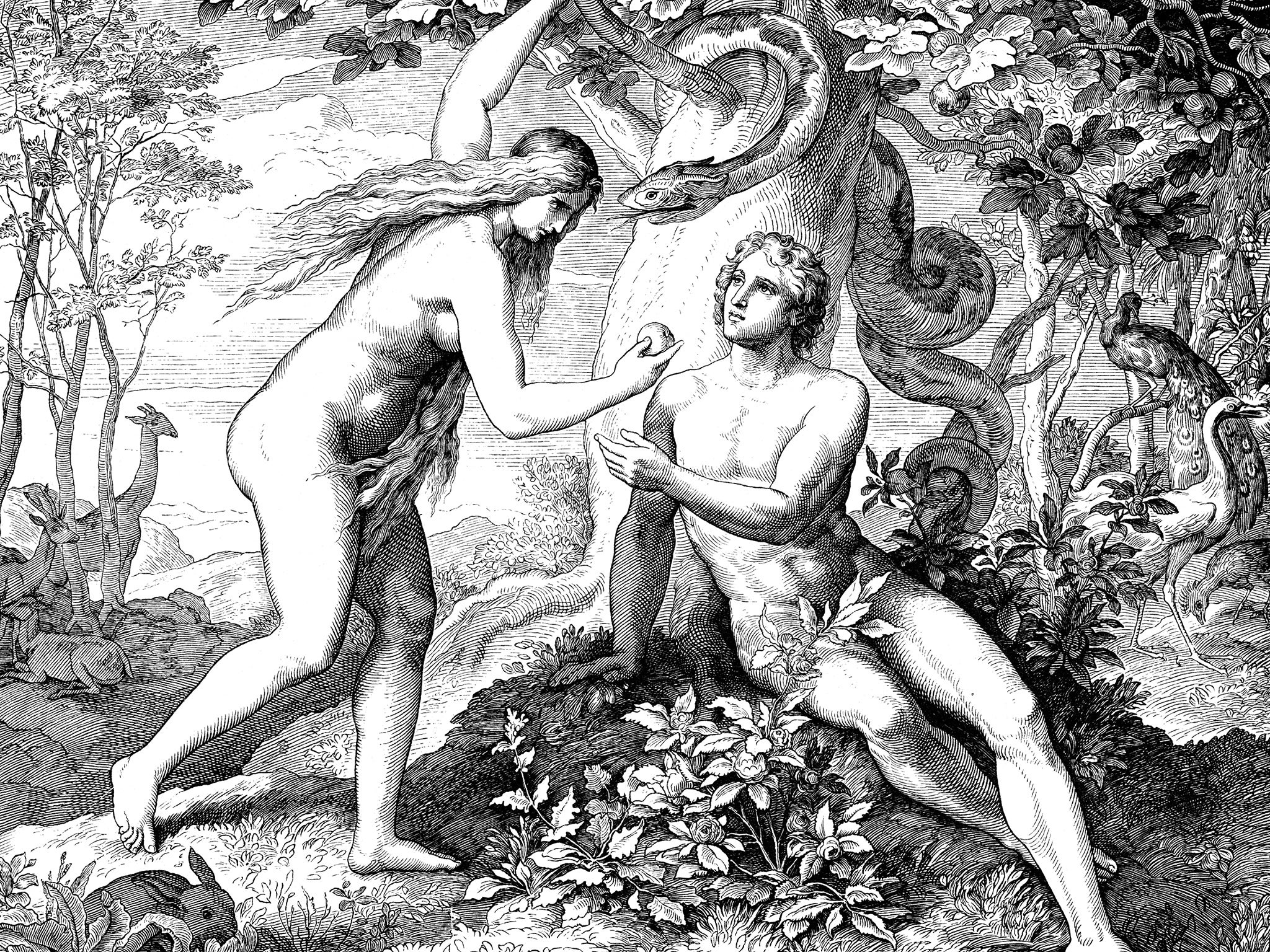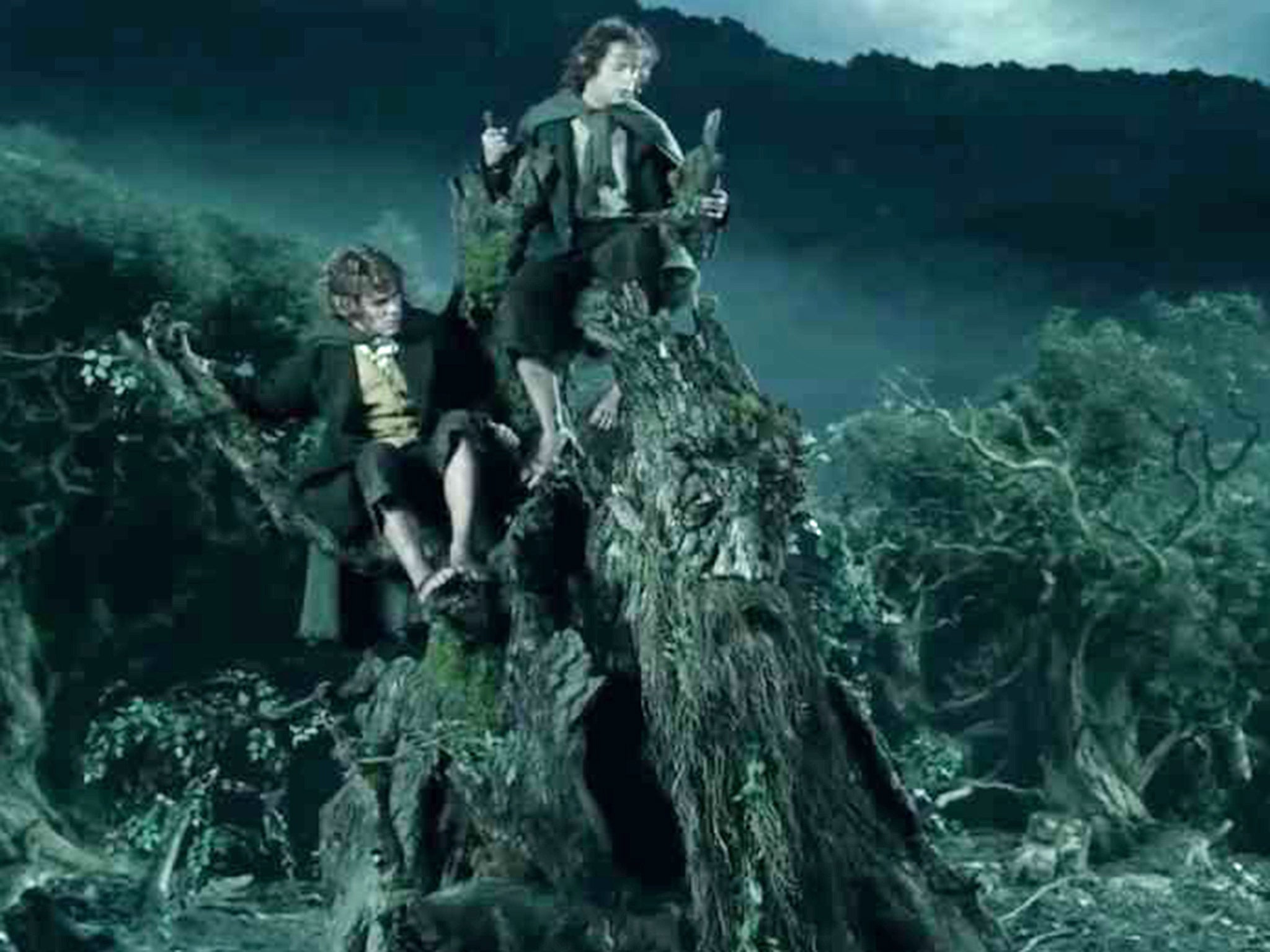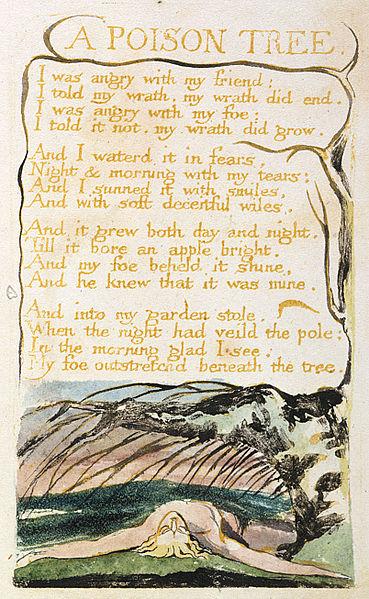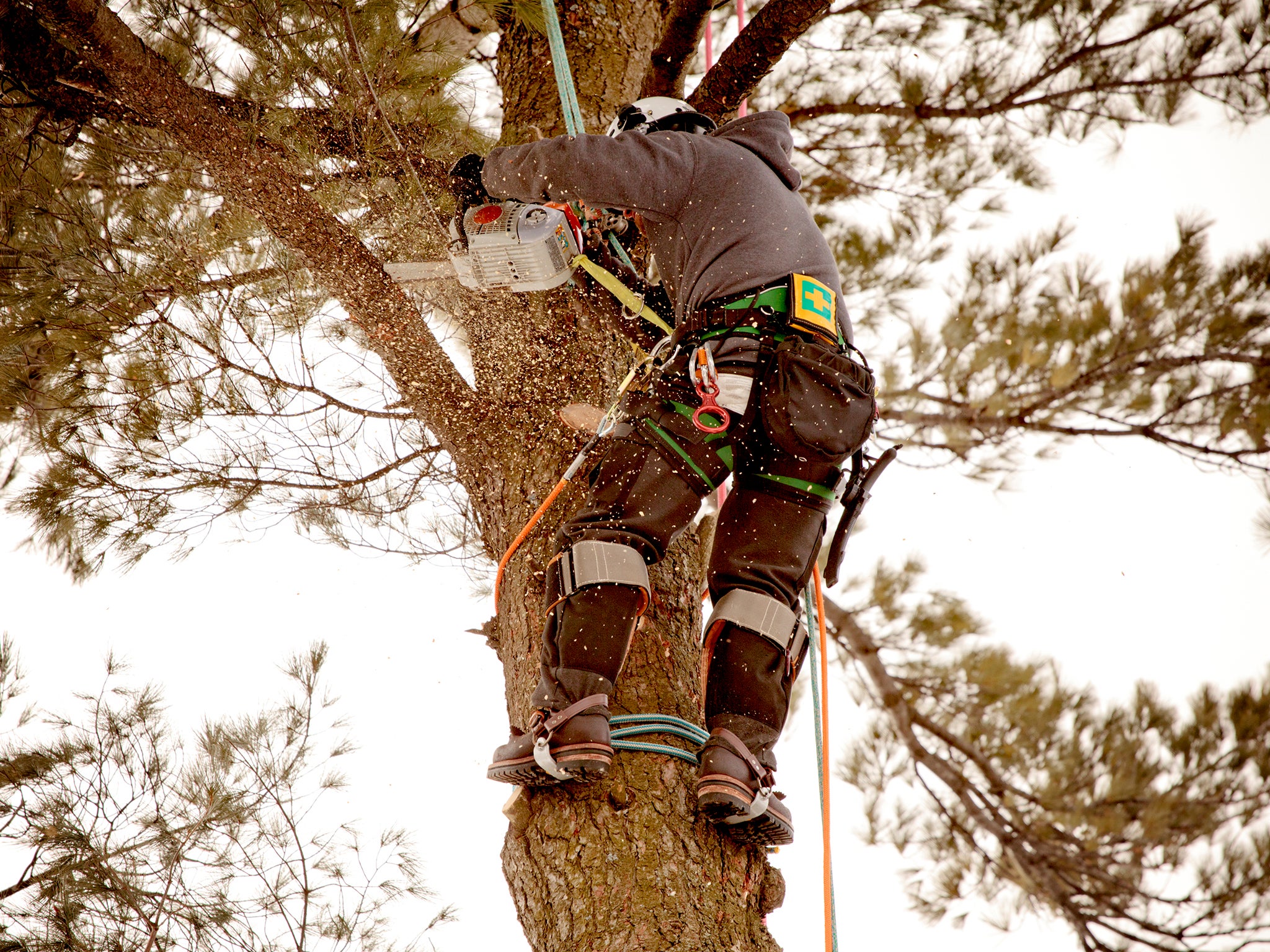The philosophy of trees: From the Sheffield Tree Massacre to the Australian rain forest
From the Bible to Wordsworth, Blake to Sartre, Tolkien to Chomsky, woodland, culture, philosophy and humanity are inextricably bound. We came down from the trees aeons ago – but did we ever really leave them?

Your support helps us to tell the story
From reproductive rights to climate change to Big Tech, The Independent is on the ground when the story is developing. Whether it's investigating the financials of Elon Musk's pro-Trump PAC or producing our latest documentary, 'The A Word', which shines a light on the American women fighting for reproductive rights, we know how important it is to parse out the facts from the messaging.
At such a critical moment in US history, we need reporters on the ground. Your donation allows us to keep sending journalists to speak to both sides of the story.
The Independent is trusted by Americans across the entire political spectrum. And unlike many other quality news outlets, we choose not to lock Americans out of our reporting and analysis with paywalls. We believe quality journalism should be available to everyone, paid for by those who can afford it.
Your support makes all the difference.“I am not a tree,” says the beguiling Stellan Skarsgard in the recent film Return to Montauk. It seems obvious. Hard to argue with. And yet someone like Albert Camus is capable of saying, “I am the tree”. Which is not as absurd as it looks as first glance. We have an ancient and built-in tendency to compare ourselves to trees.
At the end of the 18th century, Toussaint L’Ouverture was the first slave rebel in history, or if not the first at least the first whose rebellion caught fire and stirred an entire nation – Haiti, then known as Saint Domingue – to revolt. Of course he ended up dying in a French prison for his troubles. In one way he was ahead of his time, in another he was rehearsing a time-worn analogy when he said – in a sentence that has become the Marseillaise of Haiti – “In overthrowing me they have cut down only the trunk of the tree of liberty; it will spring up again from the roots, for they are numerous and they are deep.” School kids in Haiti still recite those words. There is more than just metaphor here. The trope testifies to the interconnectedness of the human and the arboreal.
Which suggests that there is something fundamentally perverse about the Sheffield Tree Massacre. There appears to be a conspiracy between the Labour-run Sheffield Council and mindless profit-driven private company Amey plc to destroy the trees of Sheffield and cover the world in tarmac. Until recently, Sheffield was right up there among the most treed cities in the world (the number of trees per head of population or per square metre). The mad axemen (or chainsawmen) of Sheffield are not just anti-tree, they’re anti-human too. They hate existence, they hate life itself. They prefer concrete.
Trees are looped into our history and our myths and our mentality. When Yahweh in the Garden of Eden wants to speak of omniscience, he doesn’t speak of omniscience he speaks of a tree, the Tree of the knowledge of good and evil. When Adam and Eve have sex (a bad idea clearly) they do not have sex, they pluck the fruit from the Tree. The serpent who apparently talks them into it lives in the Tree too. The Tree says nothing, and yet in some sense says everything there is to say. Maybe this is why we fear the tree – because it reminds us of ourselves.

In The Lord of the Rings Tolkien of course lets the trees, or extremely gnarly tree-like entities, Ents, have a voice. But Tolkien is unnecessarily anthropomorphic (do they really need eyes?) Humans are already sufficiently arborescent. Consider all the times we reach out for a tree to understand ourselves. We speak of our personal history in terms of a genealogical “tree”: we see ourselves connected to our distant relatives (which ultimately would be everyone) like the branches of an immense tree. When Chomsky wants to make sense of the parts of language he conjures up a tree. If you want to understand the generative grammar of a sentence like “The Sheffield councillor cracked a deal with Amey” or “The contractor chopped down a perfectly healthy oak”, you really need a tree diagram to connect up the noun phrases and the verb phrases (there are other ways of doing it but the tree is better).

There are so many great stories about our relationship with trees. Perhaps because I was recently in Australia, the one that springs to my mind is Eucalyptus, a novel by Murray Bail, half fairytale romance, half-systematic taxonomy of the different species of eucalypt. If we want to talk of love, we don’t talk about birds and bees we talk of botany. When we want to kill someone, conversely – as in William Blake’s “A Poison Tree” – we get the tree to do it for us: “In the morning glad I see/My foe outstretched beneath the tree.” We outsource life and death to trees. When leaves fall I die a little (“Margaret, are you grieving/Over Goldengrove unleaving?” asks Gerard Manley Hopkins); when they return I am similarly resurrected. “Season of mists and mellow fruitfulness, Close bosom-friend of the maturing sun” – is that autumn or Keats in the last years of his life?

The whole of romanticism is less to do with Napoleonic individuals posing on a rock, staring into the abyss, than with challenging the anthropocentric assumption that humans are the measure of all things. Without trees we wouldn’t even be here. Trees precede. The tree provides not just oxygen but shade and shelter and fuel and clothing and food and newspapers. In our minds we still haven’t fully come down from the trees and yearn to climb back up. Wordsworth for one sings a hymn of praise to the tree: “Huge trunks! – and each particular trunk a growth/Of intertwisted fibres serpentine/Up-coiling, and inveterately convolved”. We are inveterately convolved too (I assume this is what Deleuze and Guattari mean by “rhizomatic”). Wordsworth’s quintessentially poetic message is that we need to get beyond mere words and get back into the “vernal wood”: “Enough of science and of art/Close up those barren leaves…” Without trees no poems and no books either. Leafless though it is, Waiting for Godot-land wouldn’t be the same without that bare tree on the stage. Vladimir and Estragon couldn’t think of hanging themselves from its branches without it. Dante found himself, at the beginning of the Divine Comedy, in a “dark wood”. A dead tree turns out to be crucial in Blade Runner 2049.
Not everyone loves trees, inveterately convolved or not. It’s a fact. The Sheffield Tree Murderers are not entirely alone. Dendrophobia is an established syndrome. Some fear the forest as a place of darkness. Full of triffids. I remember a friend of mine, who is no longer a friend, who chopped down a majestic tree in her garden merely because it was untidy and dropped stuff (“leaf litter”). It is true I may have wanted to take an axe to a few leylandii over the ages, but I guess vigorous pruning will do. What was it that Jean-Paul Sartre had against trees exactly?

In his classic existentialist novel, Nausea, Sartre’s hero Roquentin really takes against a particular tree, a spreading chestnut tree in a park. I’m glad to say he doesn’t chop it down, but he feels almost as if the tree is chopping him down to size. It’s as if the root is swallowing him up, wrapping itself around him like the tentacles of an octopus. “These monstrous masses, shapeless, random, naked – a terrifying and obscene nudity”. Something that rarely occurs to anyone: that the tree is naked. The tree represents pure existence to Sartre: it is what it is. Whereas humans are always what they are not. But we are on the verge of reverting to treeness, to becoming part of the tree again, and this is what Roquentin seems to fear – being or becoming a tree. This is why, from time to time, we feel the need to assert, “I am not a tree.” Fair comment. Affirmation of freedom. But it makes no sense unless you feel that you might actually be mistaken for a tree. Men of oak. Or women. What someone like Camus, in saying “I am the tree”, is doing, is trying to get away from our self-diminishing over-inflation of selfhood. We would be better off – he is implicitly arguing – seeing ourselves as a small fragment of a larger system (Gaia, for example, or perhaps the universe) and therefore defined by our relationships with other entities.
When René de Chateaubriand wandered about the forests of America (which is where he located his great short story, oddly enough called René) he reckoned that the trees - a living “cathedral” – inspired “exalted thoughts”. One of his thoughts was that the world could not have been created brand new because from the very beginning it must have contained within it ancient trees bent over ravines with birds already singing in its branches (and eggs in the nest). I guess what the Sheffield Serial Tree Killers are aiming for is to create the world anew but minus trees. They don’t want the new and the old mingled together Chateaubriand-style, everything has to be new and clean and straight and flat and tidy and inorganic. Destroy the old. Presumably only hardcore tree-haters would ever vote for any of the Sheffield councillors or employ Amey as contractors ever again.

I recently found myself amid several million trees, more even than in Sheffield – in the Australian rainforest, somewhere on the edge of an ancient volcano in Queensland, an area known as Binna Burra. Some of them were rumoured to be a thousand or two thousand years old. It was not quite the Garden of Eden, but on the path to the Ballanjui Falls I did meet a serpent coiled around the branches of a tree – technically, a python. Surprisingly friendly, the python did not in fact try to crush the life out of me (or suggest I might like to sample the fruit). I encountered no life-threatening beasts of the kind we like to imagine are lurking everywhere in Australia (killer spiders and snakes and crocs), but a lot of trees together with a few amiable marsupials. The trees had no eyes, and no voice, but they spoke to me all the same. Here are a few of the lessons of trees, as they filtered down through the canopy to me:
Shoot for the sky. There is a lot of competition for light. Aim high.
Others will try and drag you down. Beware the “Strangler fig” in particular.
Be broad.
Or be narrow if you prefer. Either is good.
There are no ugly trees. Be gnarly and knobbly. Be smooth.
You will end up toppling over, with your roots up in the air. Don’t worry about it. You’ll provide a habitat for other creatures or food – that seems only fair.
Trees are life-affirming and death-affirming.
You’re out in all weathers: you can be struck by lightning or blown over in a storm.
Let many birds sing from your branches. Especially crimson rosellas. Be still and listen.
Be ancient if you can. Immemorial.
There really are lianas in the rainforest. You can try swinging from them and whooping à la Tarzan if you will. I didn’t but I can see it’s tempting.
Everything is connected. Or inveterately convolved.
No two trees are exactly alike.
You probably think there are butterflies more beautiful than you are, but really who knows? You’re beautiful too.
There are a lot of other trees in the forest.
Information about the Sheffield Trees Campaign can be found at savesheffieldtrees.org.uk. Andy Martin is the author of ‘Reacher Said Nothing: Lee Child and the Making of Make Me’. He teaches at the University of Cambridge. Follow @andymartinink
Join our commenting forum
Join thought-provoking conversations, follow other Independent readers and see their replies
Comments